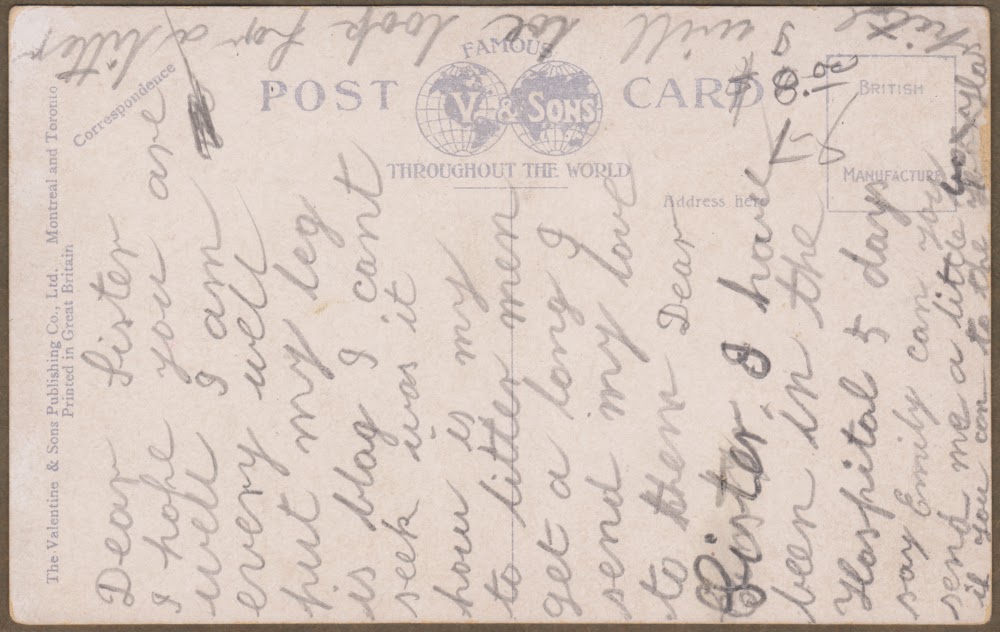About 40 years ago, we took a vacation trip to St Thomas, Ontario in order to take a train ride on the Port Stanley Terminal Rail.
Starting with that visit, I resolved to someday master the long and interesting history of all the railways in The Railway City. As we wait for that day to finally come ... please enjoy these postcard views.
In the course of preparing these images, I noticed that these five postcards were all published or mailed between 1906 and 1910.
If you are not already a St Thomas expert, a topographic map from 1909/1913 is provided at the end and it identifies the lines of all the railways passing through the city at that point in history.


* * *

This postcard is completely 'delaminated' ... so I'm guessing it was not stored in a cool, dry place for all of its life. The little cabin (in the foreground) which may have been for a signalman ... who was responsible for operating the interlocked semaphores ... protecting the railway crossing at grade (the diamond) ... is interesting.

* * *

Based on its serial number, this postcard was published circa 1908.
Typically, a large station with an equally large second storey might house the offices of a railway 'division' and the superintendent who oversaw it. A smaller second storey might be the location of a regional dispatching office.
A divisional office would often include departments which handled payroll - as the railways of this era were very labour intensive. Another important department processed the paper necessary to send loaded cars to their destinations and empties to where they were requested. As the standard gauge railways formed an integrated North American system ... these car control clerks would also apply the rules governing interline and international freight cars and the loads they were transporting.
In many cases, the second storey would house a regional dispatching office ... where staff who were highly skilled in the application of railway operating rules and telegraphy would control traffic over several 'subdivisions'. Via telegraph or telephone, these dispatchers would issue elegant, seamless and binding movement orders to [telegraph] 'operators' in stations up and down the line for delivery to, and action by, train crews.

* * *

... speaking of St Thomas stations with second storeys ...

* * *

Water towers, coaling towers, ashpits (into which locomotive coal fires were cleaned), rolling stock maintenance and repair shops, passenger and baggage & express services, maintenance of way (track and roadbed inspection and repair) ... are some of the items shown in this postcard which would have employed the citizens of St Thomas.

* * *
Here is the map to show the extensive railway facilities of St Thomas circa 1910.
 |
| A section of the St Thomas sheet. Year: 1913, Sheet no. 040I14 [extract]. from: Historical Topographical Map Digitization Project. https://ocul.on.ca/topomaps/collection/ |
The 'Canadian' line between Adrian (in the north-east) and St Thomas is a Canadian Pacific branch line.
So you can enjoy deciphering all the features of the railways through St Thomas,
the map key is consolidated and reproduced below.
 |
| A section of the St Thomas sheet. Year: 1913, Sheet no. 040I14 [extract]. from: Historical Topographical Map Digitization Project. https://ocul.on.ca/topomaps/collection/ |